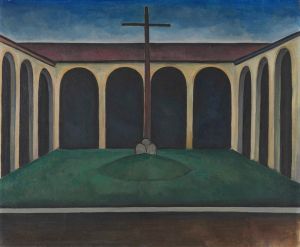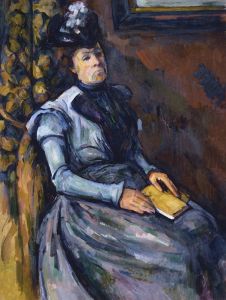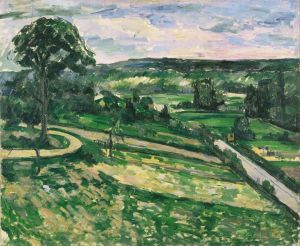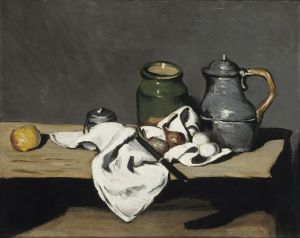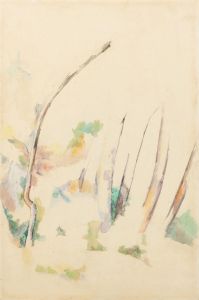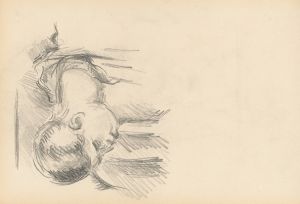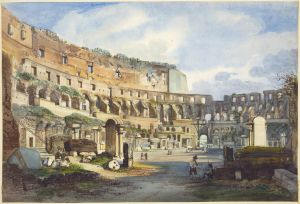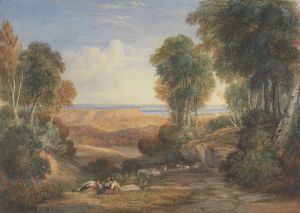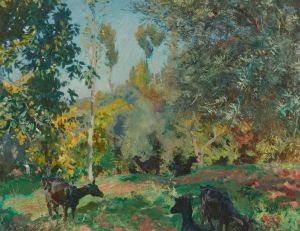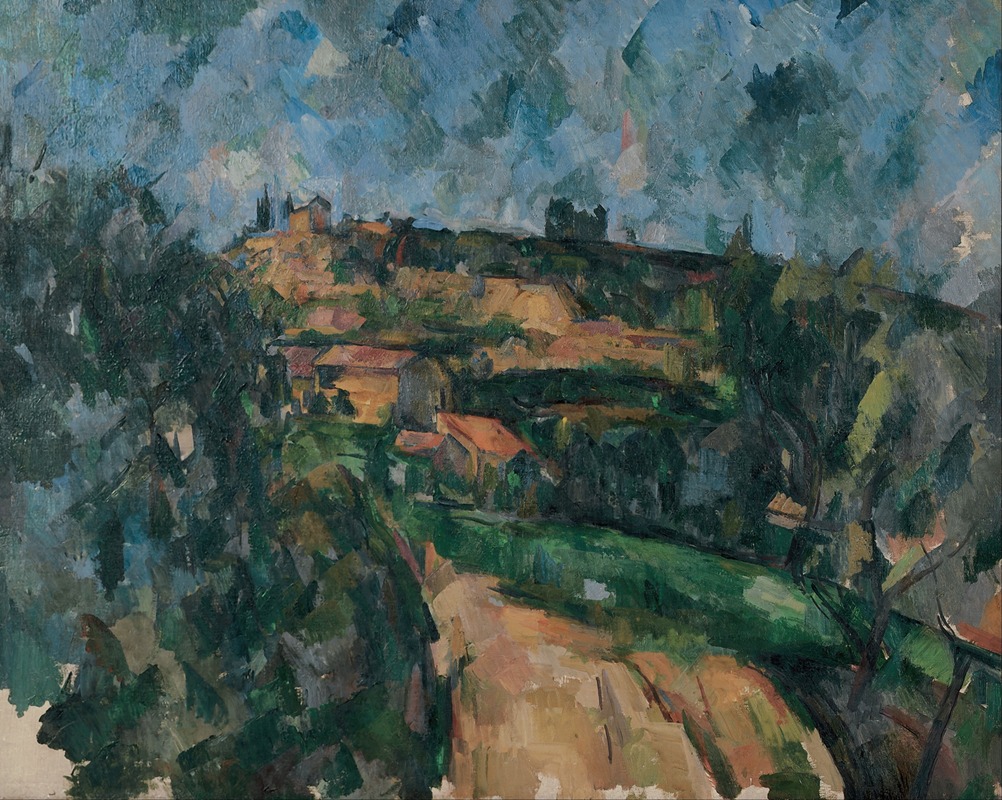
Bend Of The Road At The Top Of The Chemin Des Lauves
A hand-painted replica of Paul Cézanne’s masterpiece Bend Of The Road At The Top Of The Chemin Des Lauves, meticulously crafted by professional artists to capture the true essence of the original. Each piece is created with museum-quality canvas and rare mineral pigments, carefully painted by experienced artists with delicate brushstrokes and rich, layered colors to perfectly recreate the texture of the original artwork. Unlike machine-printed reproductions, this hand-painted version brings the painting to life, infused with the artist’s emotions and skill in every stroke. Whether for personal collection or home decoration, it instantly elevates the artistic atmosphere of any space.
"Bend of the Road at the Top of the Chemin des Lauves" is a painting by the renowned French artist Paul Cézanne. Created around 1904-1906, this work is part of Cézanne's later period, during which he focused extensively on landscapes and the natural environment surrounding his home in Aix-en-Provence, France.
Paul Cézanne (1839-1906) is often regarded as a pivotal figure in the transition from 19th-century Impressionism to 20th-century Cubism. His innovative approach to form, color, and composition had a profound influence on the development of modern art. Cézanne's work is characterized by his methodical brushstrokes, the use of color to build form, and his exploration of geometric simplification.
"Bend of the Road at the Top of the Chemin des Lauves" depicts a rural scene near Cézanne's studio at Les Lauves, a hillside area just outside Aix-en-Provence. The painting captures a winding road that curves through the landscape, flanked by trees and vegetation. The composition is marked by Cézanne's distinctive use of color and brushwork, which convey a sense of the structure and rhythm of the natural world.
Cézanne's technique in this painting involves the use of short, hatched brushstrokes that build up the forms and textures of the landscape. This method creates a sense of depth and solidity, while also emphasizing the flatness of the canvas. The colors are carefully modulated, with a palette that includes greens, blues, and earth tones, reflecting the natural hues of the Provençal countryside.
The painting is notable for its balanced composition and the way Cézanne captures the interplay of light and shadow. The road, which serves as the central axis of the composition, leads the viewer's eye into the distance, creating a sense of movement and continuity. The trees and foliage are rendered with a combination of detailed observation and abstract simplification, characteristic of Cézanne's mature style.
Cézanne's landscapes often reflect his deep engagement with the natural environment and his desire to capture the underlying structure of the world around him. "Bend of the Road at the Top of the Chemin des Lauves" exemplifies this approach, showcasing his ability to transform a simple rural scene into a complex and harmonious composition.
The painting is housed in the Musée Granet in Aix-en-Provence, which holds a significant collection of Cézanne's works. The museum's collection provides insight into the artist's development and his enduring connection to the region of Provence.
In summary, "Bend of the Road at the Top of the Chemin des Lauves" is a testament to Paul Cézanne's innovative approach to landscape painting. Through his distinctive use of color, brushwork, and composition, Cézanne captures the essence of the Provençal countryside, contributing to his legacy as a foundational figure in the history of modern art.





